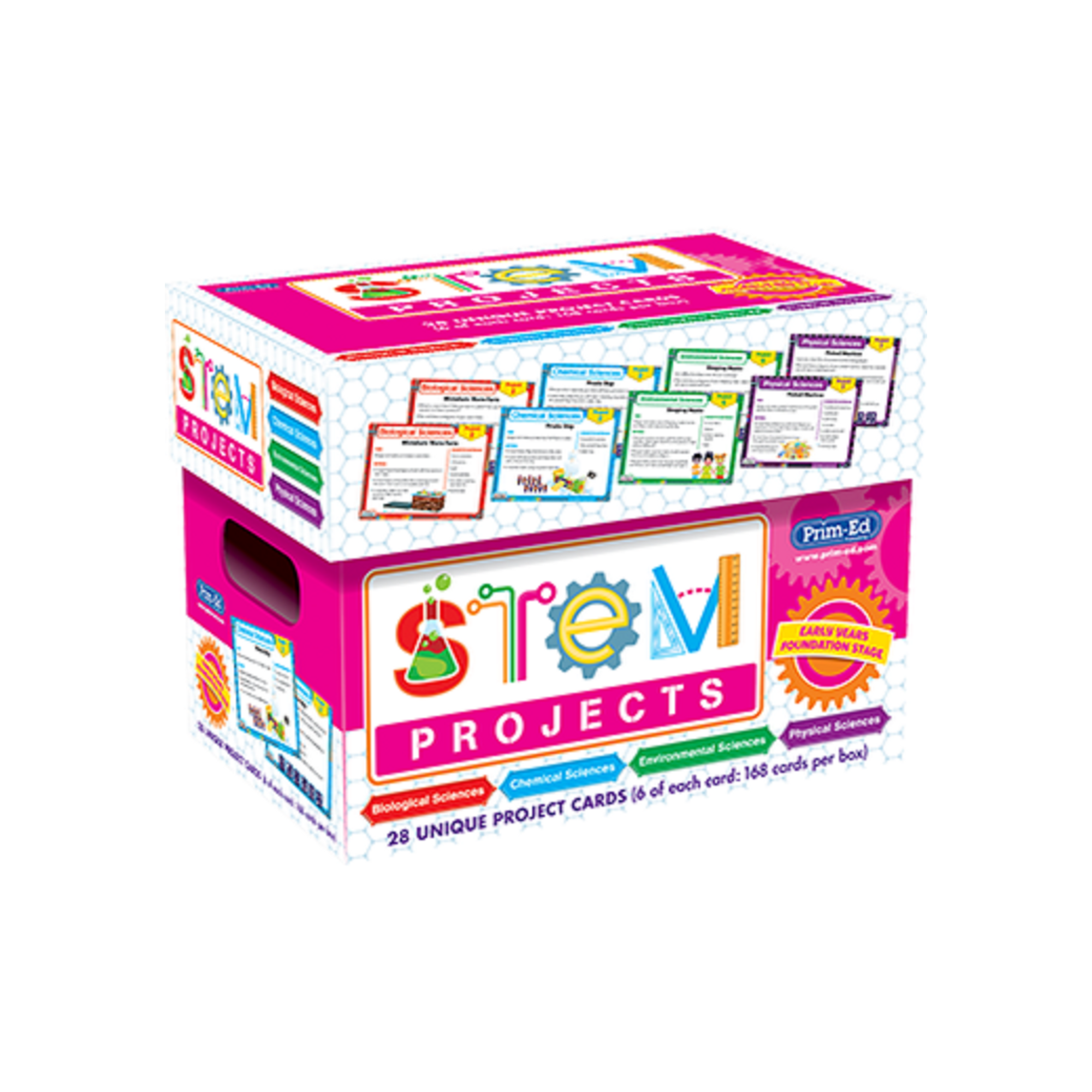It is widely recognised that we need a next generation of engineers and scientists to meet the challenges of the future. In primary school, we need to inspire and prepare today's pupils to become tomorrow's innovators. The STEM Projects series provides opportunities for pupils to creatively apply skills and knowledge in science, design and technology, mathematics and digital technology, whilst completing short- or long-term projects. By their very nature, these projects develop skills in communication, problem-solving, reasoning, leadership and resilience. Each set of cards contains a range of topics linked to the science national curriculum, but their variety also allows them to be successfully incorporated into a cross-curricular approach to topic teaching. Pressures on the curriculum often mean that it is difficult to ensure breadth and coverage of design and technology. Each topic contains key learning objectives from the design and technology national curriculum and covers contemporary environmental themes such as recycling and horticulture. Each set of projects are cross-referenced to the design and technology strands of learning: cooking and nutrition; construction/structures; recycling; sheet materials including textiles; mechanisms; and horticulture. Each project allows pupils to work creatively in small teams, using effective communication and collaboration skills, to plan, design, make and evaluate a thoughtful and innovative solution to a given task. When satisfied with their solutions, pupils are given a range of ways to showcase and discuss their designs, explaining how science was used throughout the project. The STEM Projects series contains: Two introductory cards explaining STEM education, including: time allocations for using the cards; tips for planning, differentiating, assessing and supporting teaching and learning; and classroom and resource management ideas; One card with icons, explaining each step of the designing and making process, in child-friendly language; One card explaining each science strand; how the projects can be linked to design and technology, digital technology and mathematics skills; and providing an overview of each project contained within the strand, including the task and specific design and technology strands of learning; Six short-term projects and one long-term project for each learning strand of biological sciences, chemical sciences, environmental sciences and physical sciences; Six copies of each project to allow for small-group use. The projects also contain opportunities for effective use of digital technology, including movie making, presentations, scanning QR codes and desktop (Internet) research. If the projects are chosen carefully, these sets of cards are an effective way of delivering the design and technology national curriculum. Some 'stand out' projects include: Design and make a miniature golf course to explain different types of forces (Year 2, physical sciences); Design and make a gas-powered boat (Year 5, chemical sciences); Design and create a drought-tolerant garden (Year 6, environmental sciences); Design and make a model volcano village to show the effects of lava flow (Year 4, environmental sciences); Design and make a garden to grow a radish from seed to harvest (Year 2, biological sciences); Design and make your own healthy fruit yoghurt (Year 4, biological sciences); Design and make an aluminium Eiffel Tower (Year 1, chemical sciences); and. Design and make a floating pirate ship (Foundation, chemical sciences). Projects in the EYFS Box include: Pet Cushion. Miniature Worm Farm. Bird Feeder. Self-Watering Pot Plant. Living Grass Hut. Rug Tent. Class Fruit & Vegetable Garden. Rope Bridge. Pirate Ship. Mud Hut

